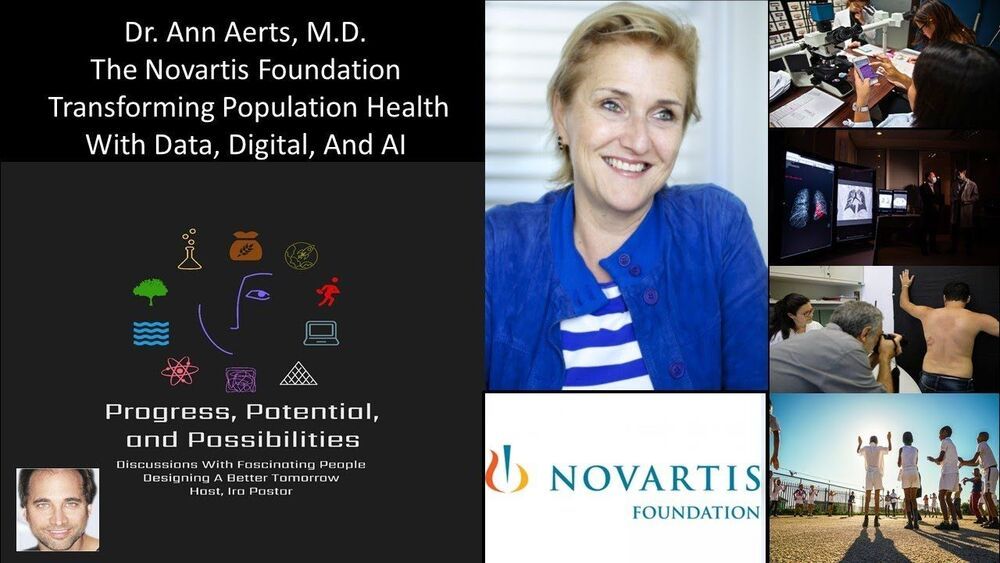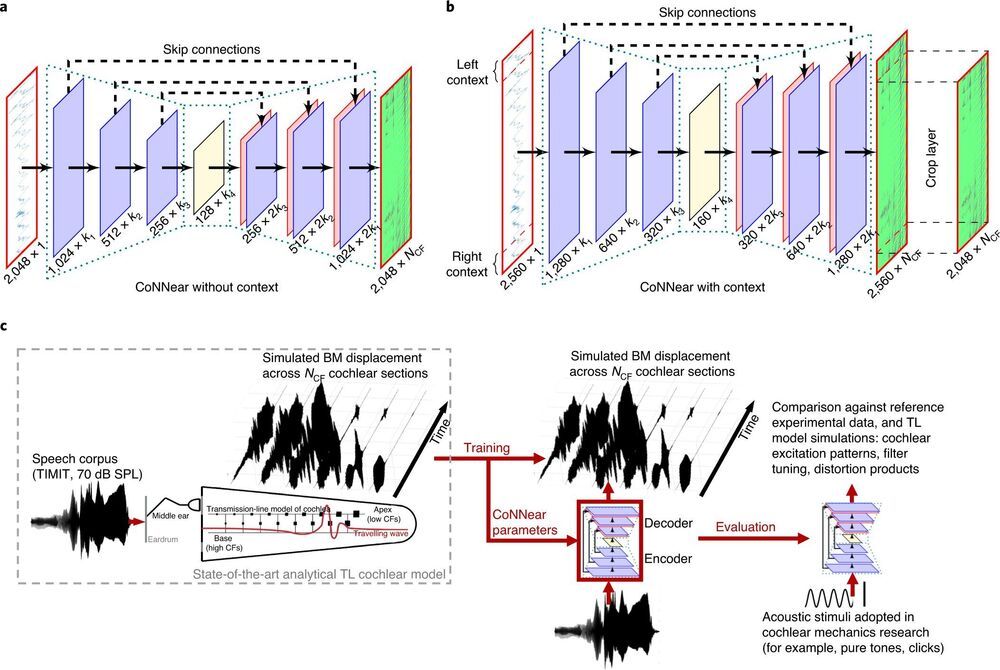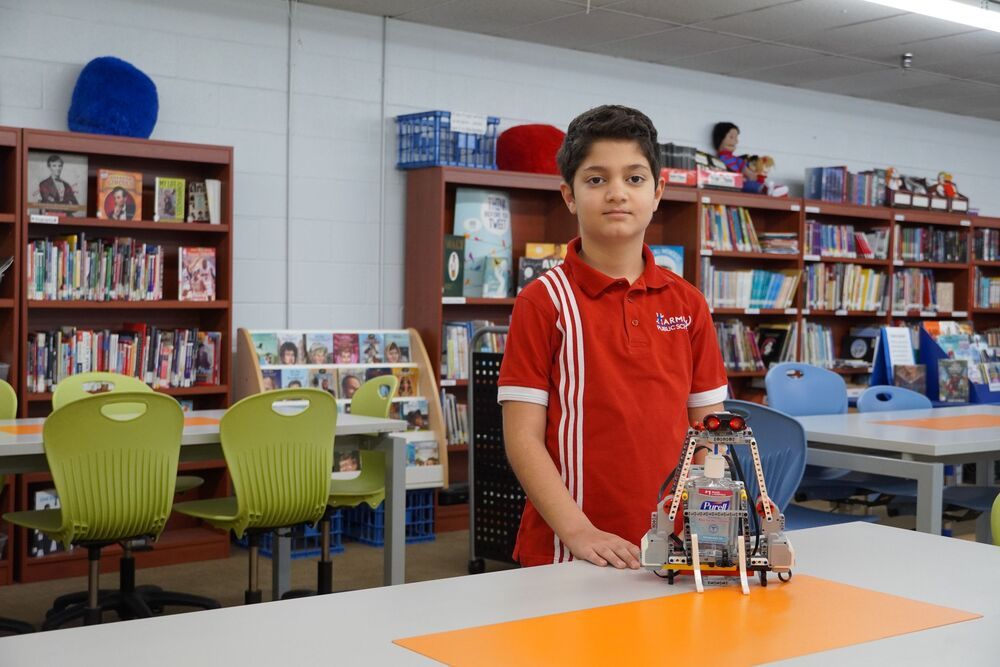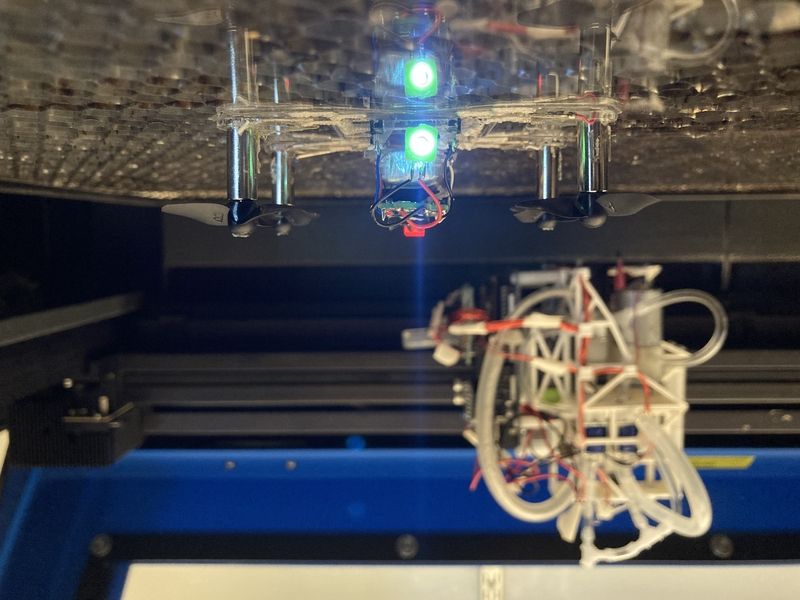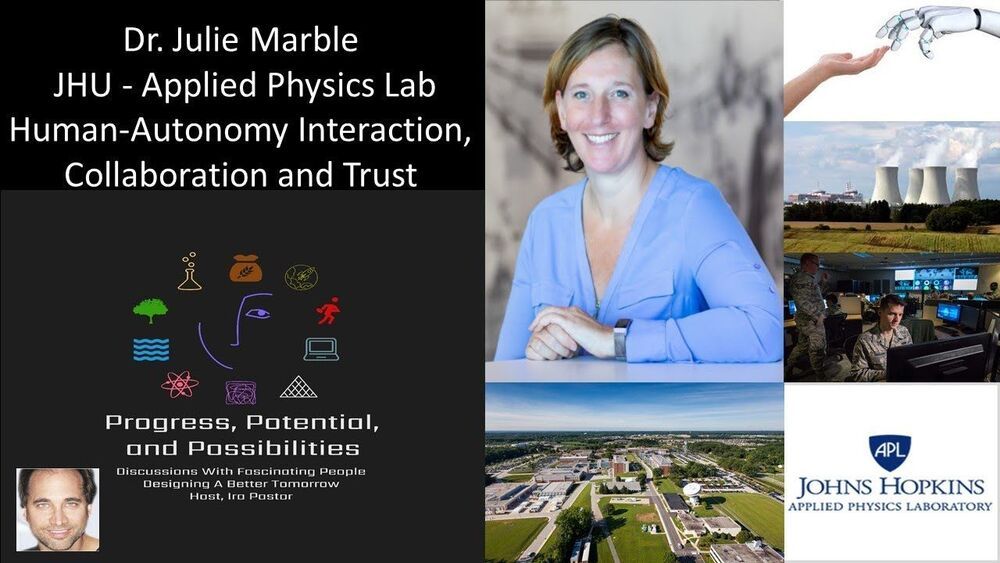Dr. Ann Aerts MD, Head of the Novartis Foundation and Member of the US National Academies of Medicine Commission on Healthy Longevity.
Dr. Ann Aerts, M.D. is Head of the Novartis Foundation, an organization committed to transforming the health of low-income populations, by leveraging the power of data, digital technology and artificial intelligence (AI) to re-imagine health and care around the world.
Dr. Aerts holds a Degree in Medicine, a Masters in Public Health from the University of Leuven, Belgium, and a Degree in Tropical Medicine from the Institute of Tropical Medicine in Antwerp, Belgium.
Dr. Aerts is passionate about improving population health through data, digital health and AI, chairs the Broadband Commission for Sustainable Development Working Group on Digital and AI in Health and is a member of the International Advisory Board of the Commonwealth Centre for Digital Health.
In 2018, Dr. Aerts served as a member of the US National Academies of Science Engineering and Medicine Committee on Improving the Quality of Health Care Globally and sits on the US National Academies of Medicine Commission on Healthy Longevity. Dr. Aerts has authored numerous publications on digital health, innovative approaches and multi-sector partnerships to address global health challenges.
Before leading the Novartis Foundation, Dr. Aerts was Franchise Medical Director Critical Care for Novartis Pharma in Basel and Therapeutic Area Head Cardiovascular and Metabolism for Novartis Pharma Belgium.
Prior to joining Novartis, Dr. Aerts served as Director of the Lung and Tuberculosis Association in Belgium and as Head of the Health Services Department of the International Committee of the Red Cross (ICRC) in Geneva. She has also worked as Health Coordinator for the ICRC in several countries.
